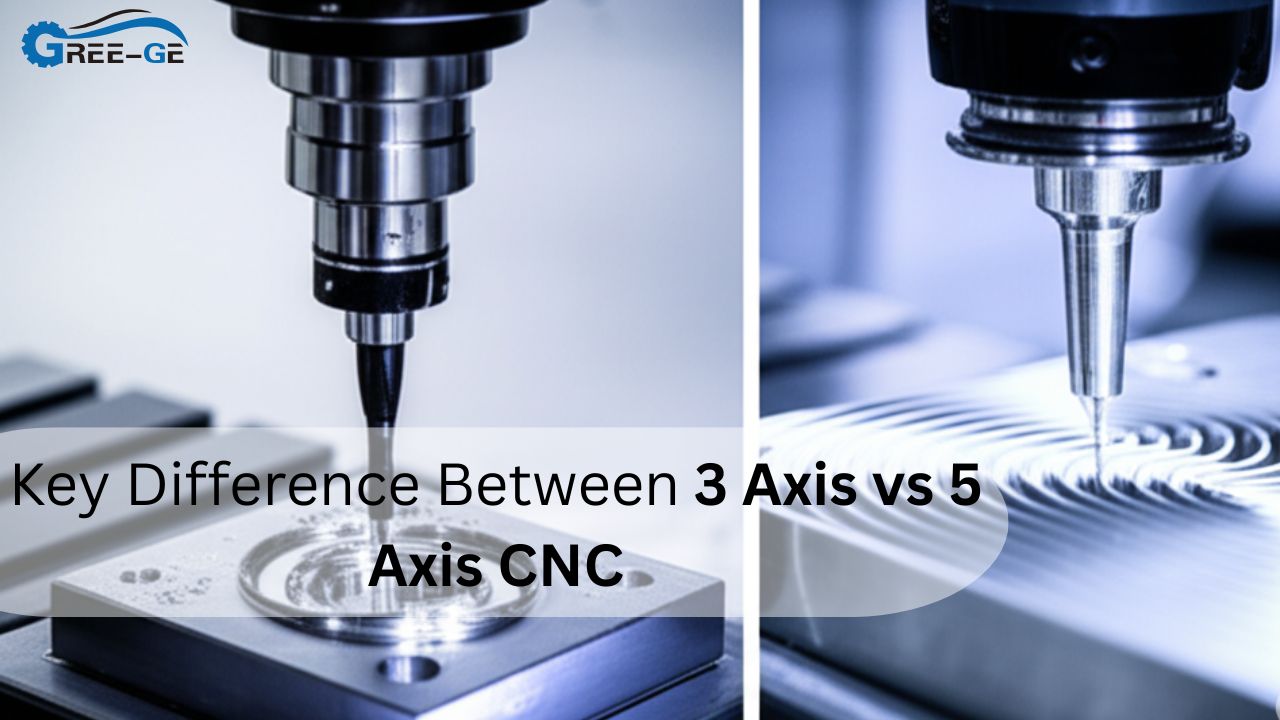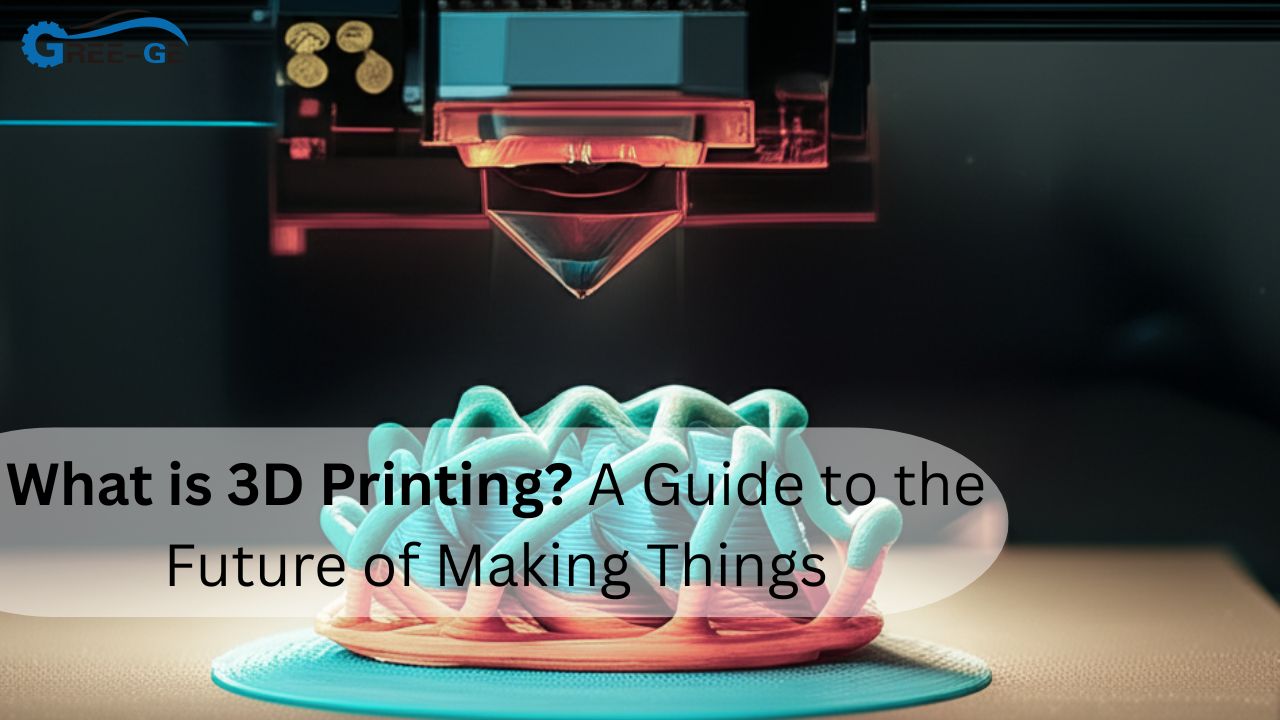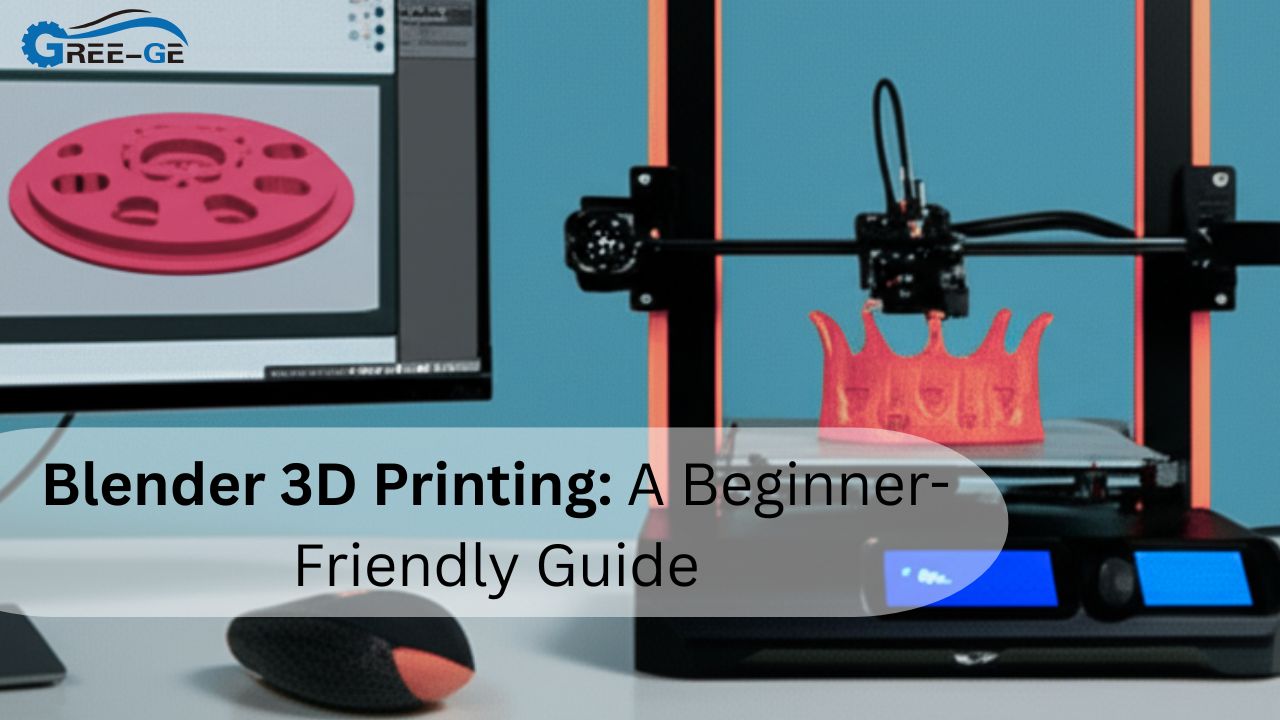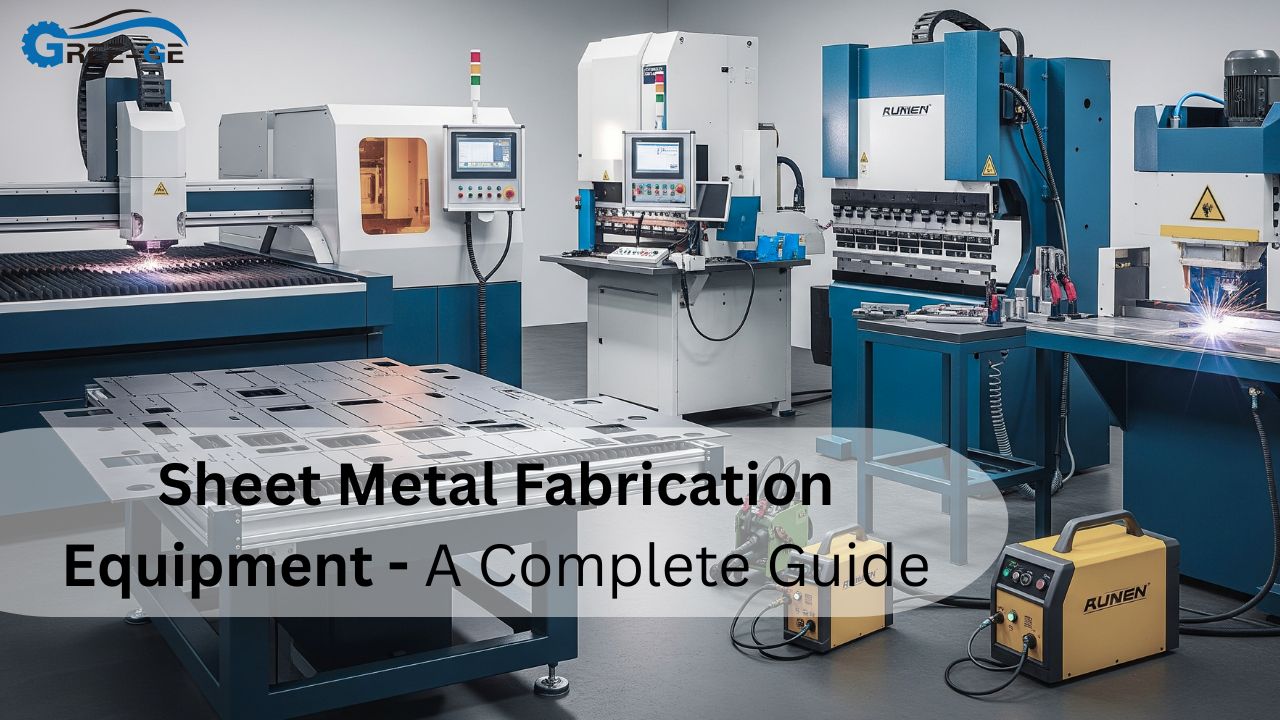You’ve got a wing rib on your CAD screen and a launch date circled in red. Now you’re asking, “Which CNC machine working tricks will get this airborne without blowing my budget?” The aerospace world lives or crashes on tolerances thinner than a human hair, so guessing isn’t an option. To machine flight‑ready hardware fast, you need:
- five‑axis milling for thin walls
- bulletproof fixturing on titanium
- probe‑driven in‑process checks
- chip‑smart coolant control
- partners like Gree-Ge and XC Machining
Stick around; we’ll unpack each technique, compare providers, and drop field‑tested hacks you can use before the next design review.
Core Aerospace CNC machine working Techniques
Aerospace projects demand hardware that stays solid at minus‑60 °C, plus 600 °C, and Mach 0.8. That tightrope walk starts with picking CNC machine working methods tuned for the job. Shops begin by mapping loads, then matching material and toolpath. Titanium bulkheads love slow, high‑torque moves; aluminum ribs want lightning‑fast passes. Digital twins test every feed before a spindle spins, while adaptive control nudges speed mid‑cut to prevent chatter. Finally, in‑machine probes scan features and beam offsets back to the controller, shaving scrap to near‑zero. This discipline separates flight‑worthy metal from expensive paperweights.
Adaptive 5‑Axis Milling
Five moving axes let cutters kiss compound surfaces without repositioning parts. That alone trims setup time. Controllers read swarf‑style toolpaths, keeping engagement constant and spindle load predictable. When machining super‑thin engine‑cowling panels, tool deflection drops from scary to negligible, holding ±0.05 mm all shift.
High‑Speed Turning Secrets
A modern CNC lathe machine can rough an Inconel shaft at 180 m/min, then finish at whisper‑quiet speeds without swapping chucks. Variable‑pitch inserts break chips cleanly—critical when those swirls could weld onto flanges and wreck concentricity.
Hybrid Additive‑Subtractive Flows
Some bionic brackets start life as laser‑blown powder clumps, then slide under end mills for final sizing. Hybrid rigs weld, mill, and inspect in one envelope, perfect for topology‑optimized ribs that save fuel yet defy traditional fixturing.
CNC Milling For Thin‑Wall Aluminum Ribs
Ask any air‑framer: weight saved in the wing box is gold. CNC machine working magic here means trochoidal paths, vacuum fixtures, and dynamic step‑downs. Tool engagement stays gentle, so walls 1 mm thick don’t flutter. Precision CNC machining houses like XC Machining rely on in‑spindle probes to update offsets every five parts, keeping rib nets true. Coolant mist, not flood, avoids pressure dents.
Info: Swap standard EMs for serrated‑edge cutters—chip load drops 40 % on 7075.
Titanium Bulkhead Pocketing Strategies
Bulkheads eat hours if chips weld to flutes. High‑pressure through‑tool coolant shears curls before they harden. CNC metal cutting machines running 8,000 psi pumps slice titanium pockets with 12‑flute end mills at 3 mm step‑down. Counter‑bore cutters create fillets that spread stress, avoiding cracks near bolt holes. Using modular lathe machine parts—pick‑off spindles, steady rests—lets one setup carve OD, ID, and slots without unclamp chaos.
Quick Tip: Keep radial engagement under 20 % to avoid work‑hardening Ti‑6Al‑4V.
Superalloy Turbine Blade 5‑Axis Finishing
Nickel alloys laugh at heat but cry at vibration. Here, precision CNC machining hinges on swarf cutting: the tool’s side flanks the wall, not its tip. Slow 0.02 mm chip thickness, lots of coolant, and ceramic inserts tame heat. A tilt‑rotate table keeps the cutter normal to the gas‑path curve, preserving aero smoothness.
| Parameter | Inconel 718 | Ti‑64 | 7075‑T6 |
| Recommended SFM | 160 | 250 | 350 |
| Depth‑of‑Cut (mm) | 0.25 | 1.0 | 2.5 |
| Coolant PSI | 1 000 | 8 000 | 300 |
Fact: Dropping surface roughness from Ra 3.2 µm to 1.6 µm boosts turbine efficiency roughly 1 %.
CNC Lathe Machine Secrets For Complex Shafts
Landing‑gear pistons and APU spools must be dead straight. Multi‑turret CNC lathe machine cells rough both ends simultaneously, halving cycle time. Live‑tool stations mill keyways, while Y‑axis slides drill cross holes inline. Fully ground lathe machine parts—spindle bearings, ball screws—absorb thrust loads without deflection, maintaining 0.005 mm roundness across 1 m lengths.
Suggestion: Program relief grooves before threading to trap chips and avert galling.
Precision CNC Machining Of Fuel System Manifolds
Fuel rails hide labyrinthine passages. Gun‑drills reach 400 mm deep, then probes confirm alignment with 3‑point touch routines. Shops doing CNC machine working on these blocks deburr using high‑pressure water jets, ensuring no burr escapes into engines. CNC metal cutting machines equipped with ultrasonic wash cells finish the job, leaving spotless channels ready for pressure testing. Precise o‑ring grooves demand ±0.025 mm depth; too deep and seals fail, too shallow and assembly crushes seals.
Danger: Burr fragments can clog injectors and flame out turbines—double‑check every exit.
CNC Metal Cutting Machines And Composite Sandwich Panels
Carbon‑core wings pair honeycomb with aluminum faces. Oscillating knives pre‑score skins before routers plunge. PCD cutters running 30 000 RPM shave edges without fray. Fixturing uses low‑vacuum pods; high suction would crush cells. Proper CNC machine working here also requires sacrificial phenolic boards to stop delamination blow‑out.
Warnings: Never reuse phenolic once cutter breaks through; suction loss ruins accuracy.
Automation And In‑Process Inspection For Zero Defects
Robots load pallets; probes scan holes; software logs every micron. An SPC dashboard flags drift long before parts leave spec. This marriage of CNC machine working and data science is why XC Machining averages 98 % first‑pass yield.
| Checkpoint | Tool Wear Limit | Auto‑Correct Action |
| End‑Mill Flank Wear | 0.08 mm | Spindle pauses, tool offset adjusts |
| Bore Diam. Drift | ±0.012 mm | Probe rewrites G54 Z |
| Surface Ra Trend | +0.5 µm | Feed rate drops 10 % |
Coolant Chemistry For Nickel Alloys
Sodium‑free coolants stop chlorides from pitting expensive blades. Ester‑based synthetics carry heat 15 % better than mineral oil. CNC metal cutting machines plumb tramp‑oil skimmers and 50‑micron bag filters to keep lubricity high. Periodic titration tests maintain pH 9.2—crucial for precision CNC machining Inconel.
Info: Skipping weekly titration can slice tool life in half for nickel alloys.
Choosing The Right Provider — XC Machining And Peers
Great technique means little without a shop that lives and breathes aerospace regs. XC Machining holds AS9100, runs 24/7 lights‑out cells, and grants customers webcam views of fixtured parts. Protolabs excels at bursts of prototypes, while Jabil scales CNC machine working into the millions. Look for: CMM inspection, batch‑traceable materials, and secure data rooms.
Success: Vet suppliers on lead‑time transparency, machine age, and operator certification cards.
Conclusion
The skies stay friendly because machinists, programmers, and engineers sweat the small stuff. Mastering CNC machine working—from adaptive 5‑axis milling and titanium pocketing to in‑process metrology—turns raw stock into wings that don’t wiggle and turbines that don’t tear up. Remember to balance toolpaths, fixturing, coolant, and partner choice. Providers such as XC Machining prove that, with the right mix of tech and talent, nothing is out of reach—whether it’s orbit, supersonic cruise, or a smoother ride home.
FAQs
What’s the typical tolerance on aircraft structural ribs?
±0.05 mm is common, though critical joints may call for ±0.02 mm.
How do shops prevent titanium galling?
High‑pressure coolant, low radial loads, and polished insert edges reduce friction.
Can additive manufacturing replace cnc?
Hybrid parts need both—printing for shape freedom, machining for final accuracy.
Why is in‑process probing vital?
It catches thermal drift and tool wear before they stack into scrap.
Is as9100 certification mandatory?
For flight hardware, nearly every OEM insists on it to streamline audits.







